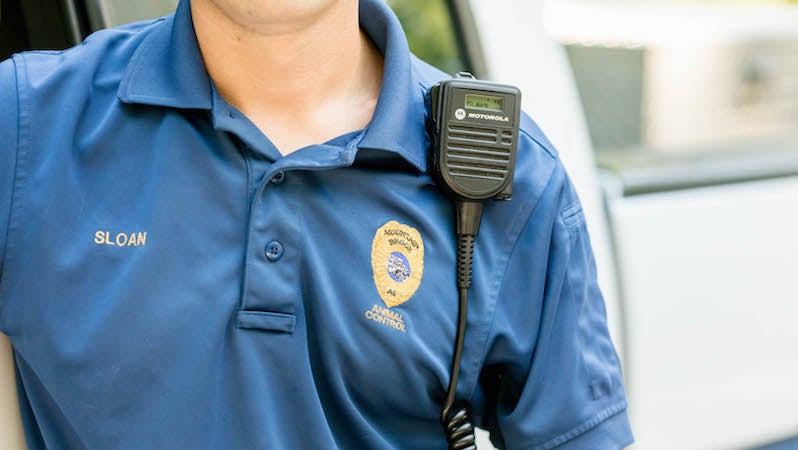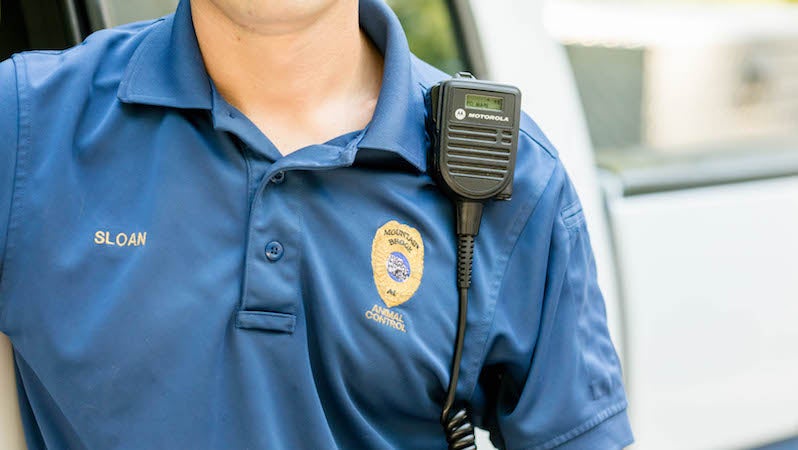By Rick Lewis
Photos by Morgan Hunt & Contributed
It’s a quiet Friday evening as Preston Sloan traverses around his property in Corner, Alabama, his voice interrupted here and there by the sounds of his “fancy breed” chickens. He has other pets too, a smaller, Southern ark, if you will: two ducks, two dogs, a cat and a potbellied pig named Hamela Anderswine.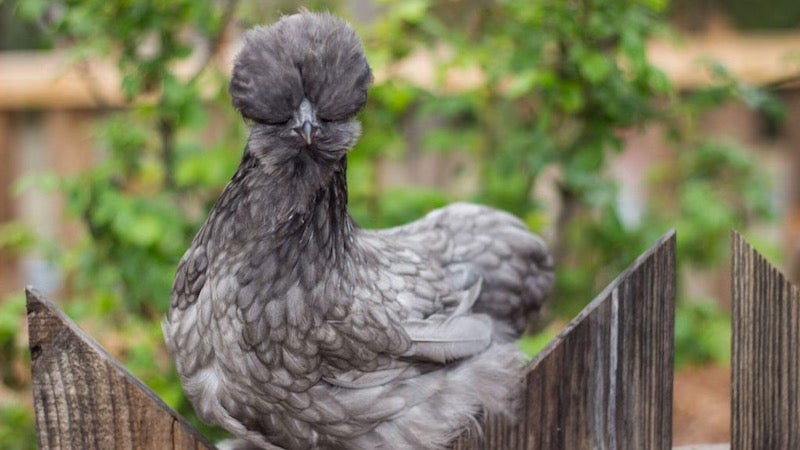
So, it doesn’t come as much of a surprise that Sloan works with animals in his day job. As Mountain Brook’s single animal control officer, he’s responsible not only for the shepherding of lost dogs and cats but also for managing the moments when the city’s abundance of wildlife comes closer than expected.
Sloan grew up in Corner—“at the corner of where Jefferson and Blount County meet, hence the name” —and has been around animals all his life. “I grew up on a farm and my parents did rodeos back in the day,” he explains. His family raised speckled Appaloosa show horses, and he naturally gravitated to the idea of farm life. So, a few years back, when he heard through a family friend that there was an opening at Mountain Brook’s animal control office, he immediately applied.
At 19 years old, he was the youngest city employee at the time, filling in for an older officer on maternity leave. At first, he didn’t think he’d be here long, but that soon changed. “I fell in love with the job and the city,” he says. “It’s nice to be in a place where dogs are like family.”
Now 27, Sloan is employed full-time as the only officer in the police department without a service weapon (he does have a badge) and has served in his current position for the last three years. You can discern the love he has for his work even through a phone. He has a disarmingly pleasant disposition and propensity towards laughter for someone who, not infrequently, comes face to face with creatures that could complicate an average person’s day, to put it mildly.
~~~
The semi-tamed wilds of Mountain Brook define what make it a unique home for many people: backyards are dense with oaks and pines that house deer, raccoons and coyotes; streams and rivers are host to snakes and turtles; and the canopies of trees provide hawks and owls a view of the varied landscape. Preserved, natural spaces supply ample opportunity to simply witness the carefully quiet beauty of a wild rabbit or the incessant barking of a neighbor’s dog.
So, in a place such as this, what is the community role of an animal control officer, and what does he do on a daily basis? According to Sloan, the old-timey image of the neighborhood dog-catcher with his long control-pole is less than accurate: “There isn’t a ‘typical’ day for me. I never know what I’m going to get into, and that’s part of why I love it.”
His day-to-day rhythm usually begins with going through voicemails he’s received, especially over the weekend when he’s off duty and patrol officers have to take over. The calls range from the more banal—lost and found dogs or the occasional opossum stuck in a garbage can—to the downright wacky.
“Last year, there was a 100-pound tortoise that got loose,” says Sloan. “Sometimes they’ll root under fences like pigs, and I had to find a way to get this guy in my truck and to the Birmingham Zoo so we could get him situated. We were eventually able to get in contact with his owners and get him returned safe and sound.”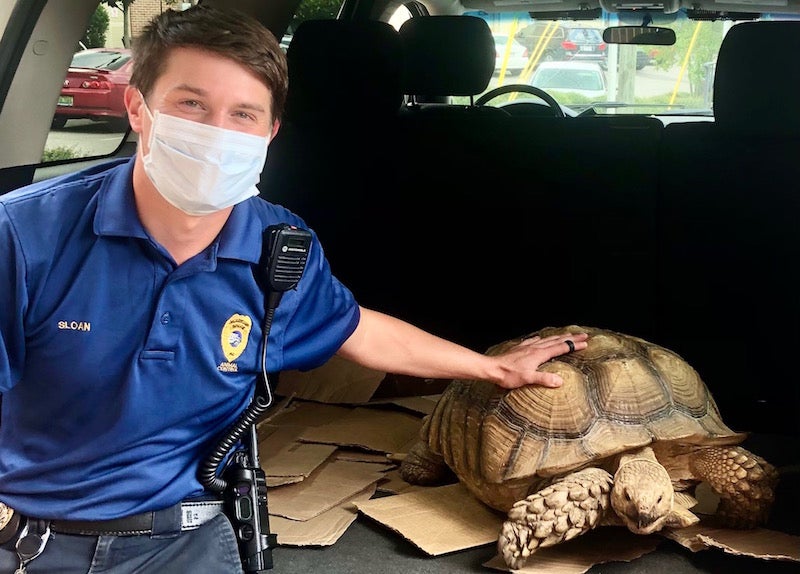
For the most part, issues with domestic animals remain the overwhelming majority. But now that so many people turn to Facebook with their critter questions, Sloan is tagged in social media posts “almost hourly,” to either provide his expertise in snake identification or help find lost pets.
As opposed to a sleepier fall, summer is the busiest time of year for Sloan as the springtime animal babies have started to age and snakes are out in force. “July and August is when I spend more time catching snakes,” he explains. “Some days I get 10 to 15 calls. Typically, they’re just rat snakes that people mistake for copperheads. Rat snakes are the most common ones in Mountain Brook, and I always tell people to keep them around. In my opinion, the more helpful snakes there are, the less food there is for venomous ones.” As a testament to how safely he carries himself, Sloan has never been bitten by a venomous snake in his line of work (only a rat-snake bite: “nothing painful, just like a cat scratch”).
A side note and safety tip on internet-based snake identification: there exists an apparently insatiable desire to prove one’s manifest skill in deeming whether or not a snake is venomous. Truly, everyone seems to be an expert in snake patterns and head-shapes over blurry photos, but please, leave it to a professional to remove an unknown or unwanted snake unless you’re well-versed in the art of doing so yourself. Take it from Sloan: “I’d absolutely rather have someone call me if they aren’t familiar with snake removal. Let it be and let it go.”
~~~
But it’s not just errant reptiles and dogs that command Sloan’s attention. The woods of Mountain Brook function as the home for many diverse species of wildlife. And he has some recommendations on how to best react to moments when wild animals come close.
“In urban areas like Mountain Brook, it’s very common to see coyotes or foxes in the middle of the day—they adapt to being around humans,” says Sloan. However, due to laws preventing the relocation of wildlife (“you don’t know if you’re bringing a sick animal into a healthy population”), animal control can only deal with sick or hurt wildlife. For example, the most common incidences of wildlife calls for Sloan are animals that have been hit by cars.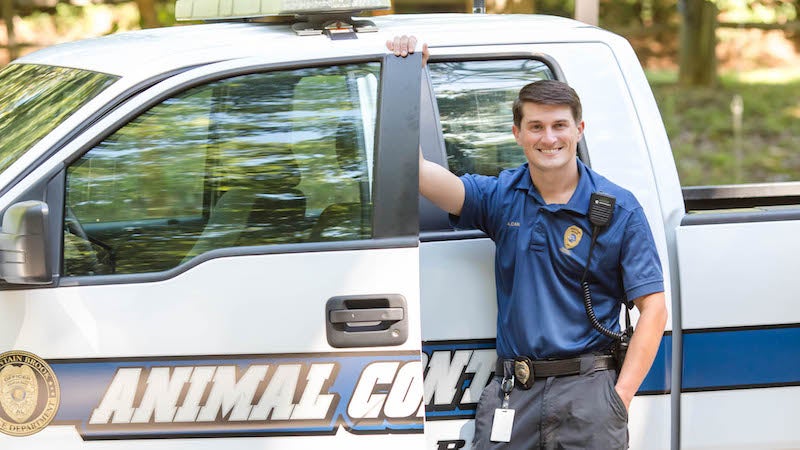
“I only work with them if they’re sick or injured, and that’s when I might use the pole to make sure I stay a safe distance away. But other than that, rabies cases are rare.” According to Sloan, he’s only dealt with one rabies-positive coyote in the six-plus years he’s been on the job. Cases like that call for a human euthanization and running tests to confirm whether or not the animal was in fact rabid.
What he’d mainly be on the lookout for are cases of wild animals not showing signs of concern at being near people. “There is never a sure fire rule for rabies, and a lot of cases of canine distemper look like rabies—confusion and foaming—but in reality pose you no threat. But if you see an otherwise healthy-looking animal that’s not scared of you, that’s something to absolutely be worried about. It goes against what you might have been taught about rabies.”
~~~
After spending the better part of a decade in the business of animal control, there are few cases that give Sloan pause. The case of the caiman still has him a bit stumped though.
A caiman, similar in features to a small alligator, had apparently bitten down on the fishing line of a couple of local kids fishing out of the creek that runs near the Mountain Brook Elementary School’s playground. Sloan says he didn’t believe it until he got there. “It broke their line and went up on the bank. Sure enough, when I got there and walked over, there was a caiman—maybe two and a half feet long.”
Sloan didn’t get to take too hard a look at it before the caiman ran back into the water and swam downstream. “I never saw it again,” he says. “I tried driving down the river to catch up to it, but it was gone by the time I got there. Most likely it was somebody’s pet that they couldn’t take care of. It might still be out there,” he adds with a chuckle.
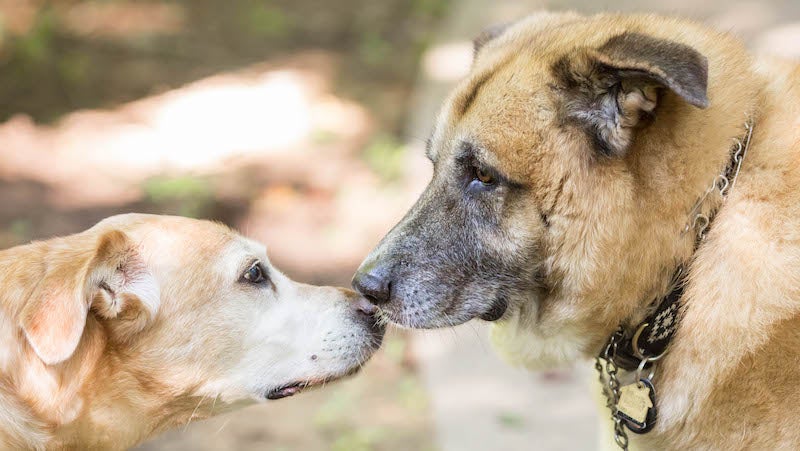 ~~~
~~~
Sloan doesn’t miss a moment to mention how much he enjoys his work. “To me, it’s an honor,” he shares. “Judging by the comments I get, people appreciate me being here. Most people are very thankful for any kind of help we can give.”
If you’ve ever had a lost dog returned or had a snake moved to a less imposing location, you can thank Sloan for his ceaseless work in trying to make sure that both residents and animal-lovers feel safe and cared for. Sloan’s wife, Katiee, explains that he’s “the best for this job…It’s a thing he enjoys as though it’s not work. He says that even if he won the lottery, he’d still go in.”
So, should you ever need your pet found or your wildlife run-in handled with an eager spirit or a good-natured laugh, Sloan is just one call (or Facebook tag) away.
Contact Animal Control
To contact Preston Sloan and the Mountain Brook Animal Control Unit regarding domestic animals, snakes and feral cats, call the unit or visit their Facebook page listed below. The unit’s website notes that it does not provide wildlife control services unless it is a direct threat to human life requiring immediate action.
- 205-802-3844
- facebook.com/MountainBrookAnimalControl

